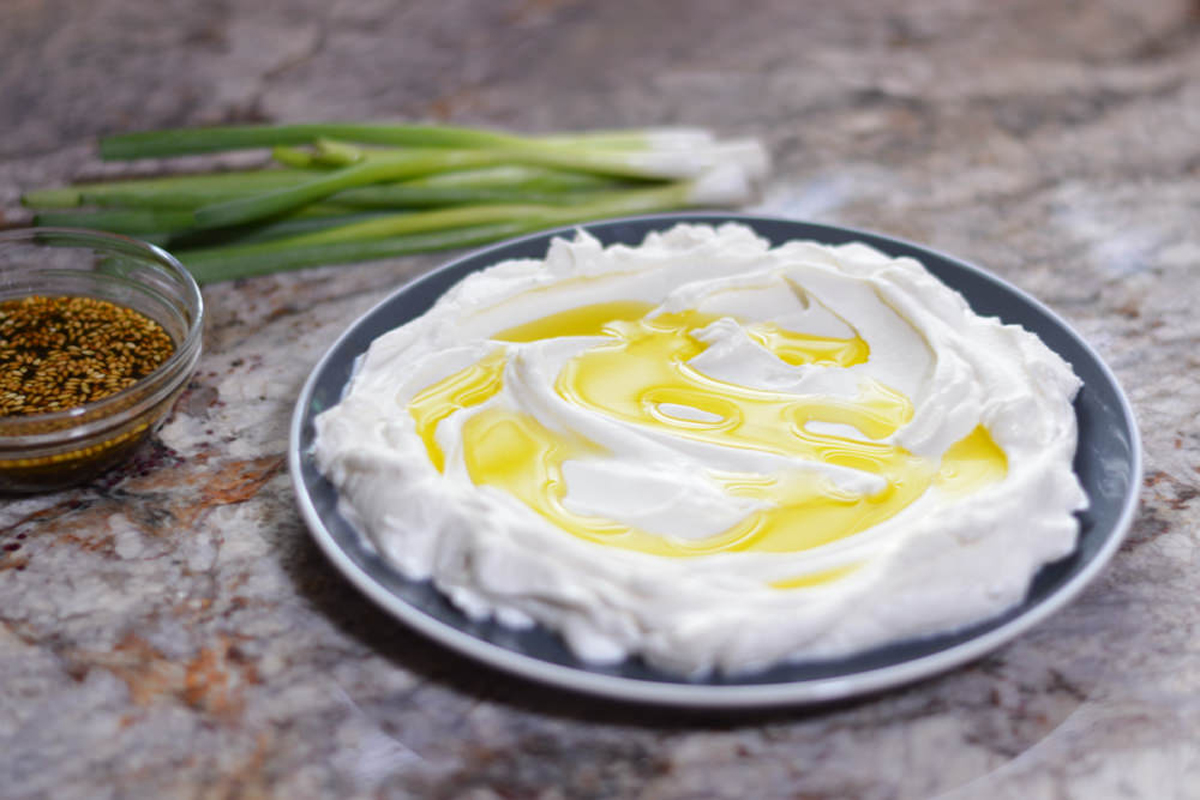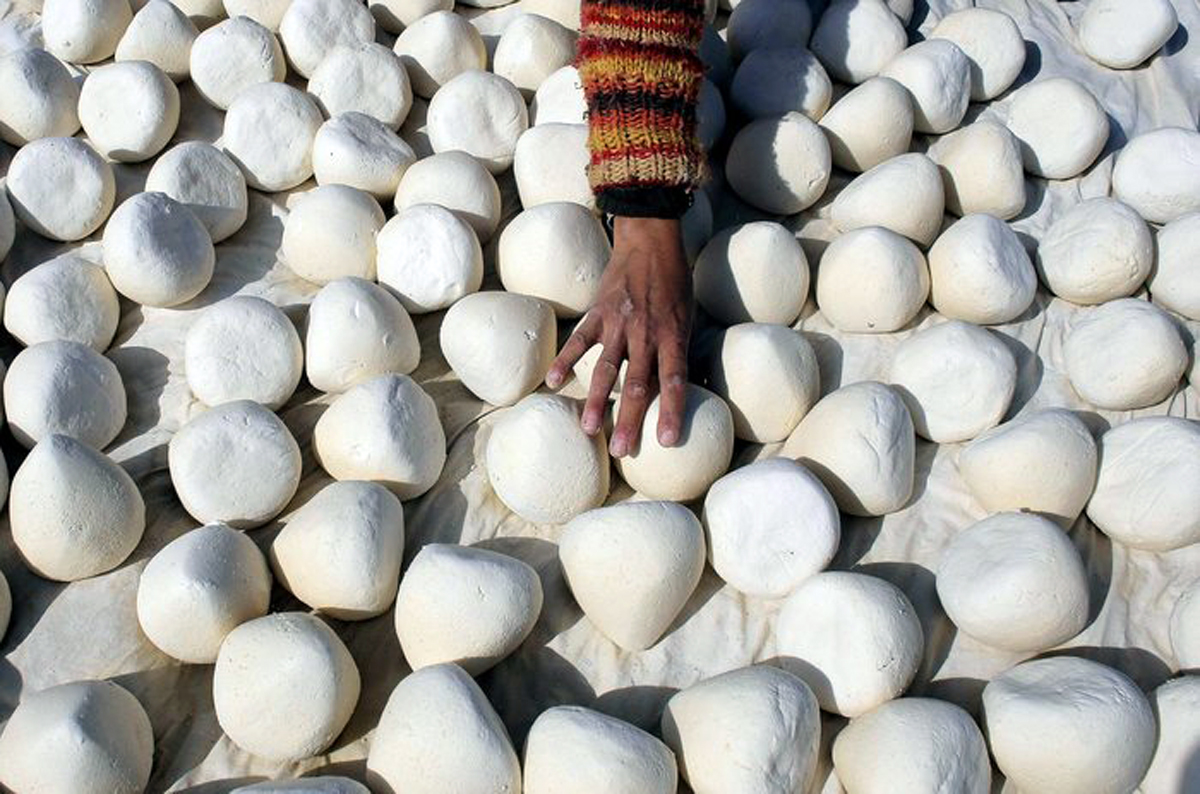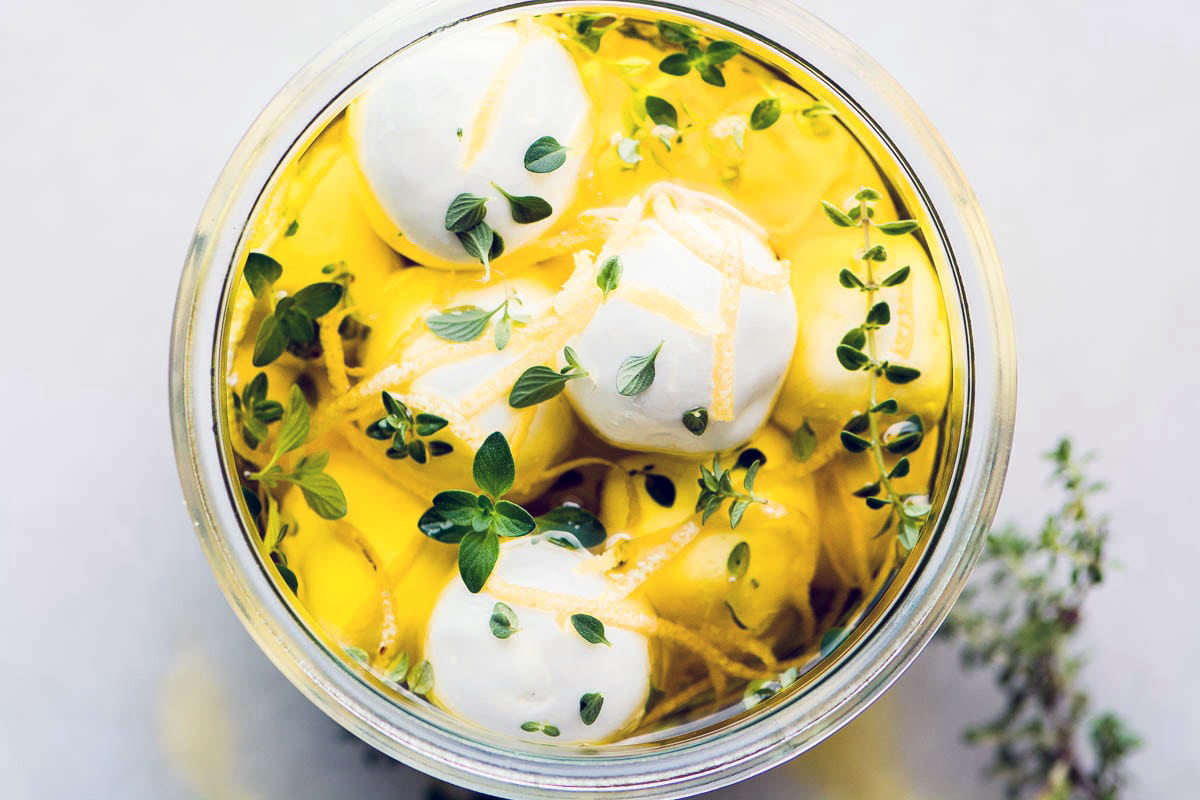8 Things You Didn’t Know About Labneh
Few things in life are certain, but finding labneh in an Arab’s house, now that’s a given. Made by draining the whey from yogurt, labneh is a staple in any Middle Eastern house. Here are a few things you probably didn’t know about this tangy goodness.
1. It’s technically cheese
Labneh is made by adding salt to yogurt and hanging it in a cheesecloth to drain the whey (liquid), which will result in a creamy spread. This result qualifies as a cheese, similarly to cream cheese and cottage cheese.
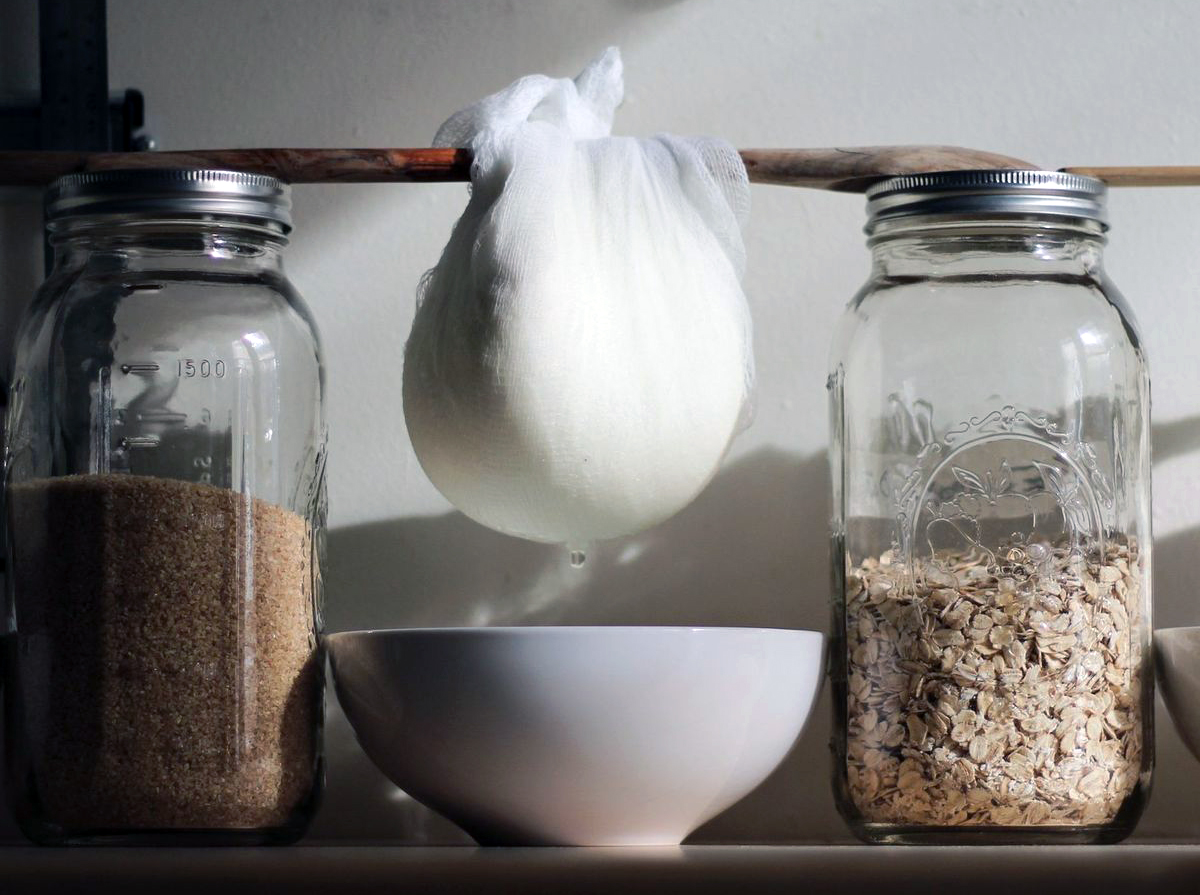
2. Lacking lactose
Labneh is in high probiotics –healthy bacteria that are crucial for good gut health– as well as protein and micronutrients such as calcium and vitamin A
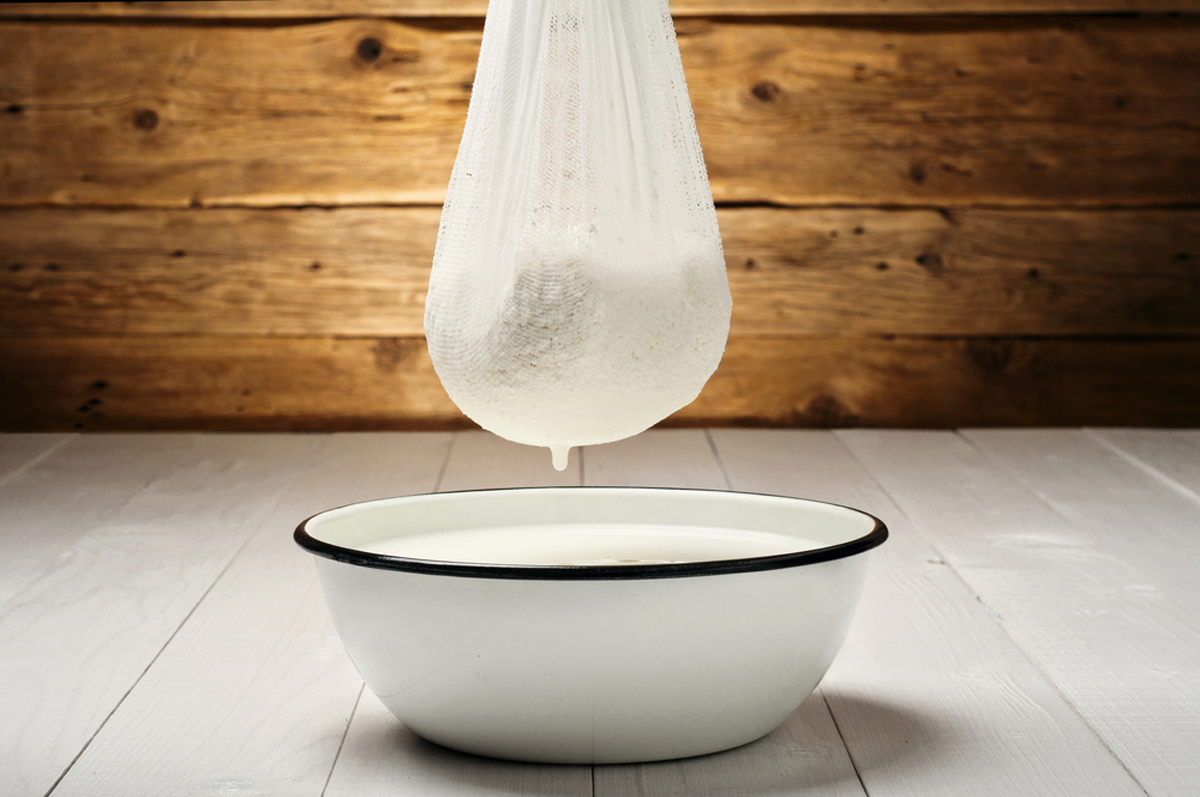
3. Feed your guts
Labneh is in high probiotics –healthy bacteria that are crucial for good gut health– as well as protein and micronutrients such as calcium and vitamin A
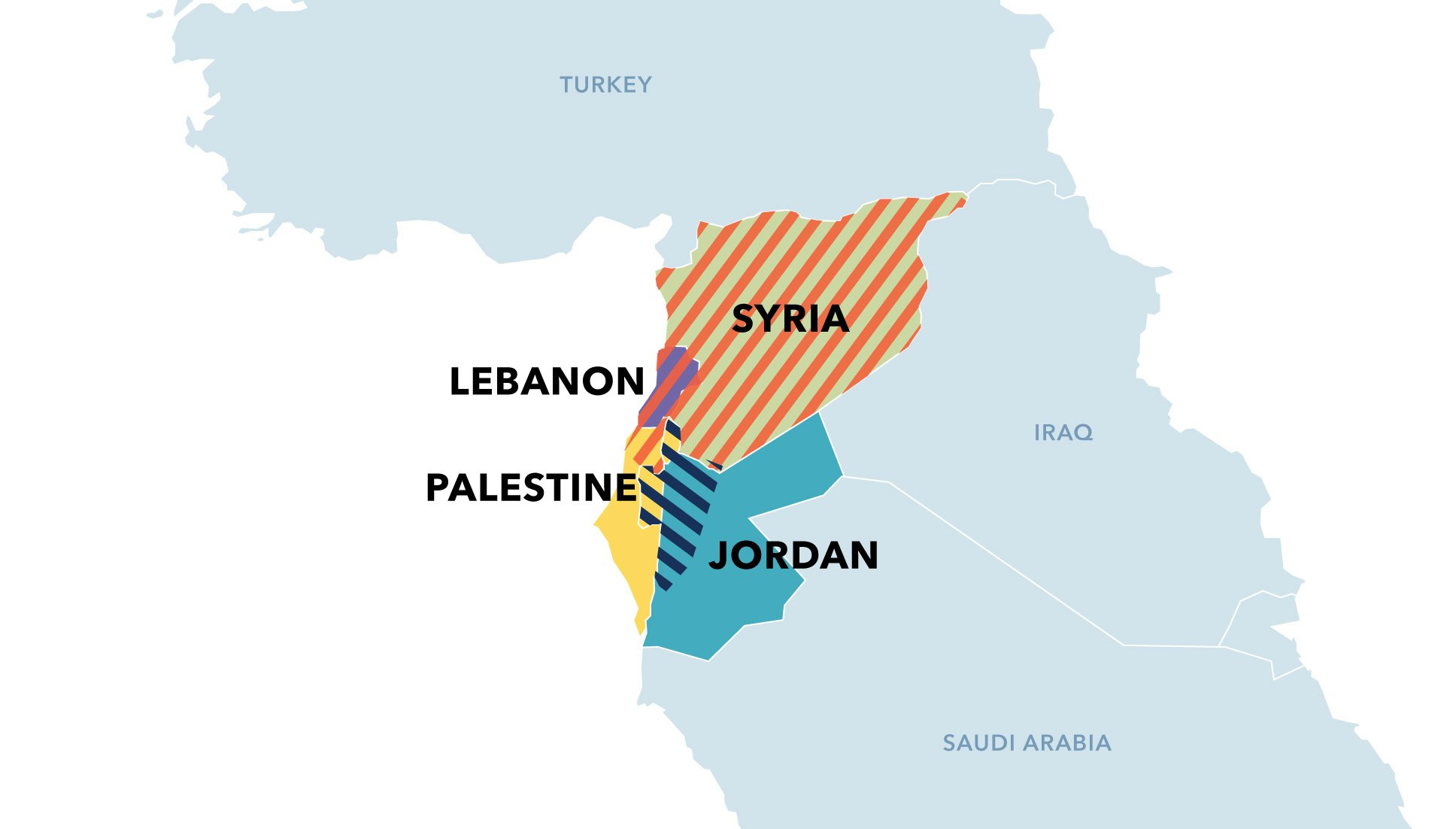
4. Mysterious Roots
Cheeses made from strained yogurts have been consumed in the Levant for thousands of years, which makes it hard to pinpoint exactly when and where labneh originated from.
5. Desert Treat
Labneh was an important source of protein for Ancient Bedouins who consumed their own version of it. Given their on-the-road lifestyle, they would dry their labneh completely in order to carry it with them.
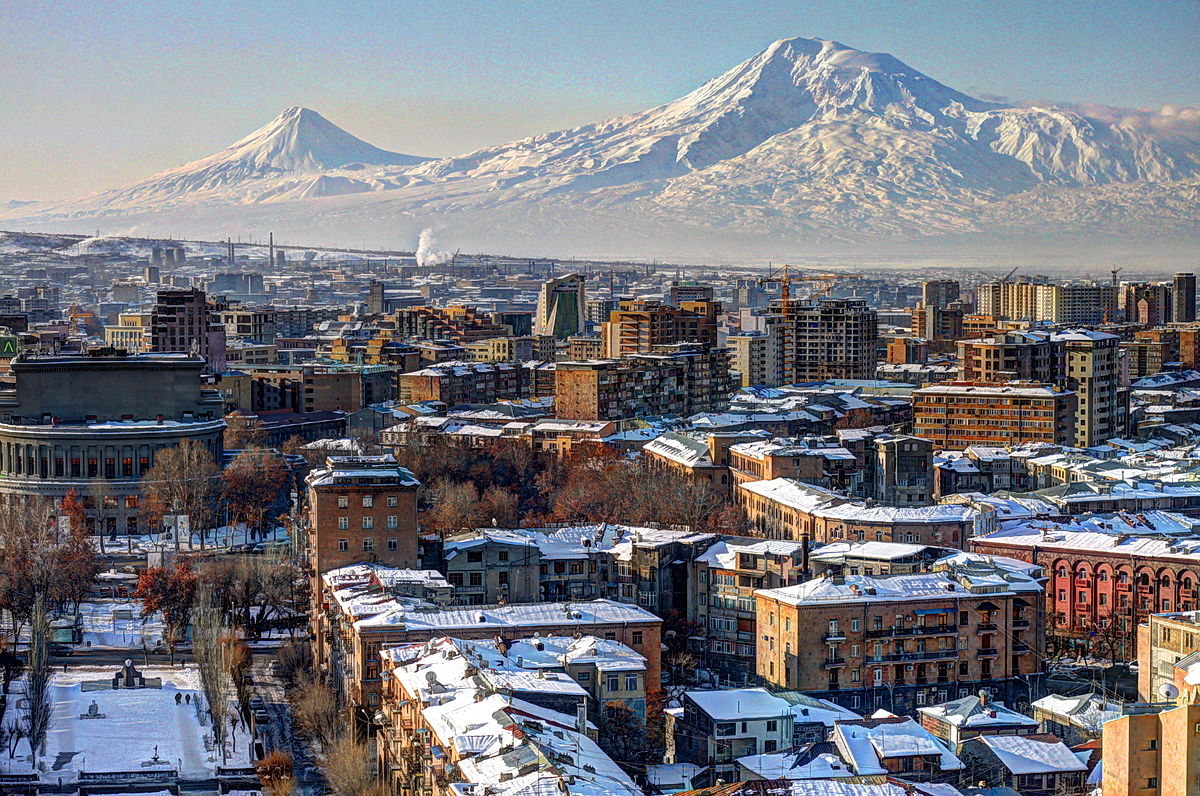
6. All roads lead to… Armenia?
Although labneh is a Levantine staple with distinction, Armenians are credited for introducing it throughout much of the Middle East many centuries ago.
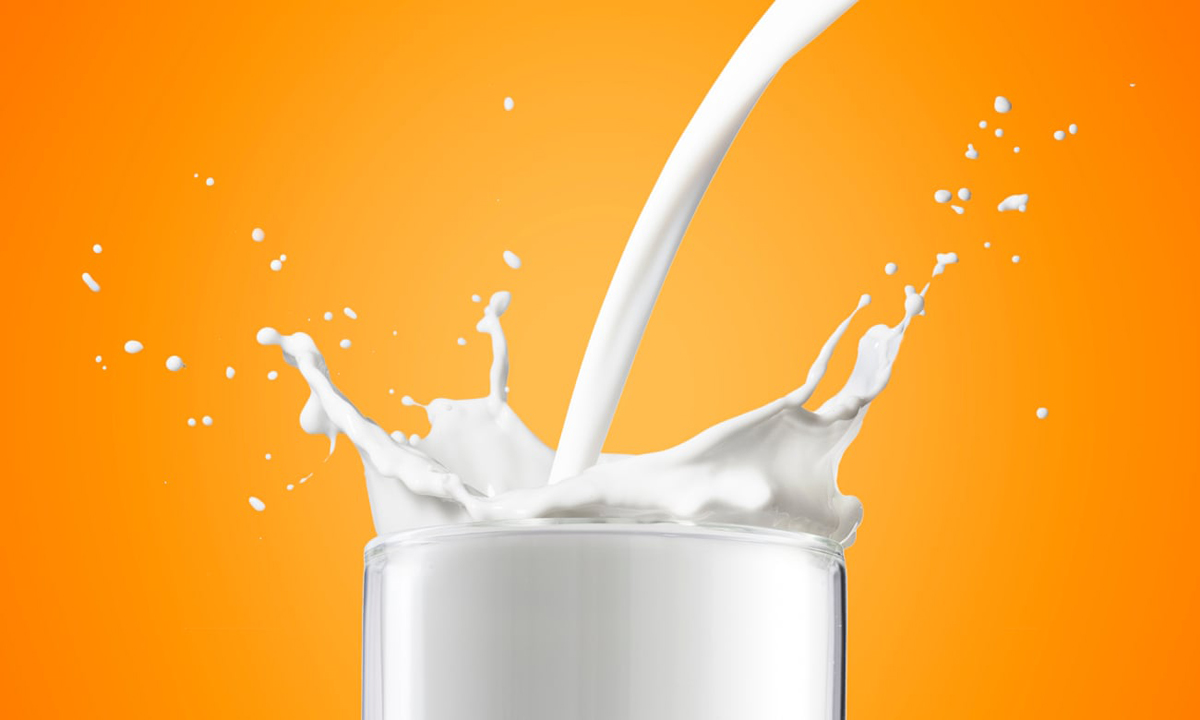
7. Moo-ve over, cows
Though labneh is commonly made with cow’s milk nowadays, versions using other kinds of milk exist. Examples include: goat, sheep, camel, and even water buffalo milk.
8. All shapes & sizes
Speaking of versions, labneh is also made differently throughout the Middle East. In addition to the common creamy spread, labneh can also be found in dry balls stored in olive oil, or even completely dry and hard (jameed), to name a few alternative versions.


